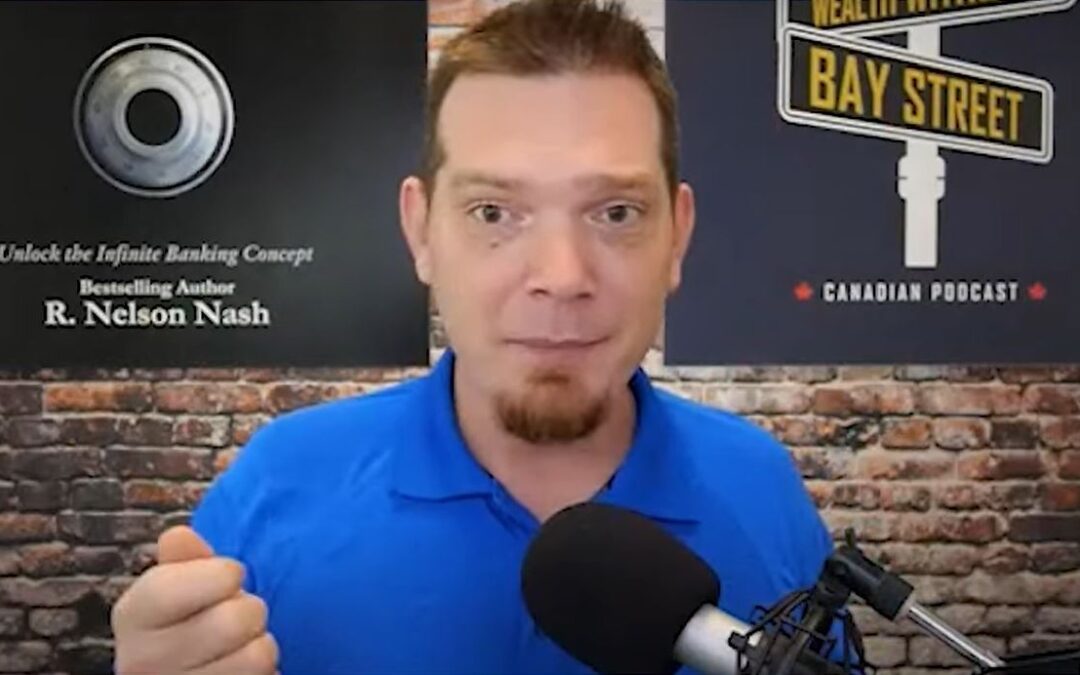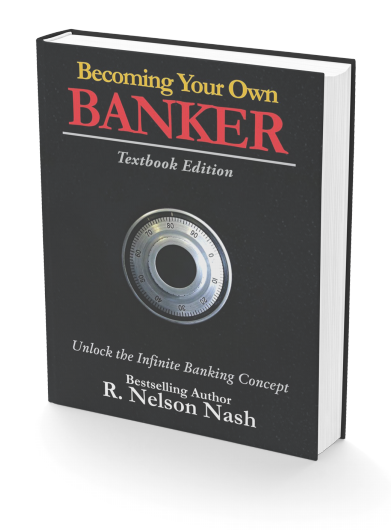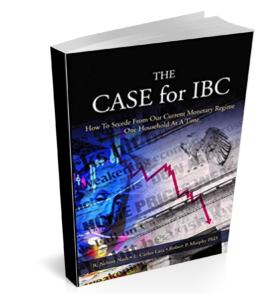Infinite banking is a concept that has been gaining traction among Canadians seeking to take control of their financial future. It’s a strategy that leverages the power of dividend-paying whole life insurance policies, allowing individuals to become their own bankers.
This can be a confusing concept so let’s address some common questions and misconceptions surrounding this innovative financial approach.
What are the drawbacks to whole life insurance?
The Efficiency of Infinite Banking
One of the most compelling aspects of infinite banking is its efficiency. The process is akin to having a magical savings account. Imagine depositing $20 and getting back $21, $22, or even $23 in subsequent years.
This is the reality of a whole life insurance policy that not only grows in value but also comes with an increasing tax-free death benefit. This unique feature provides unparalleled protection for your family while offering you access to your funds.
Infinite banking is like having your own personal bank where you’re the boss. It’s a way to save money, grow it, and use it when you need it, all while keeping it in your own hands.
Accessing Your Cash Value
A common question that arises is about accessing the cash value of the policy. Imagine having a mortgage-free home with a home equity line of credit. While a bank might lend you up to 65% of your home’s value, a whole life insurance policy allows you to access up to 90% of the total cash value.
This accessibility, coupled with the policy’s growth, makes it an attractive alternative to traditional savings or investment accounts.
Perceived Drawbacks of Cash Value
Many perceive that the initial cash value in a whole life policy is lower than the premiums paid. The importance of understanding the policy’s structure. In the early years, a significant portion of your premium goes towards building the death benefit, which, in turn, drives the growth of your cash value.
Over time, the policy becomes more efficient, offering greater returns on your investment.
The Misconception About Death Benefits
Another misconception is that the insurance company retains your cash value when you pass away, only paying out the death benefit. The cash value and the death benefit are essentially the same, just at different points in time.
As your cash value grows, it reduces the insurance company’s net amount at risk, ensuring that your beneficiaries receive the full death benefit, which includes the accumulated cash value.
The 90% Access Rule
Some wonder why they can’t access 100% of their cash value. Richard explains that this safeguard is in place to prevent policyholders from inadvertently surrendering their policy by taking out too much and not repaying it.
By limiting access to 90%, the insurance company ensures that the policy remains intact, continuing to provide its benefits.
Infinite Banking: A Process, Not a Product
Infinite banking is not about purchasing a product but about implementing a process. It’s about using a whole life insurance policy as a tool to manage your finances more effectively. By understanding and embracing this concept, Canadians can unlock a powerful mechanism for financial growth and security.
In conclusion, infinite banking through whole life insurance offers a unique and efficient way to manage your finances, providing both immediate access to funds and long-term financial security. By debunking common misconceptions and understanding the true nature of these policies, individuals can harness the full potential of this strategy to become their own bankers and secure a prosperous future.



